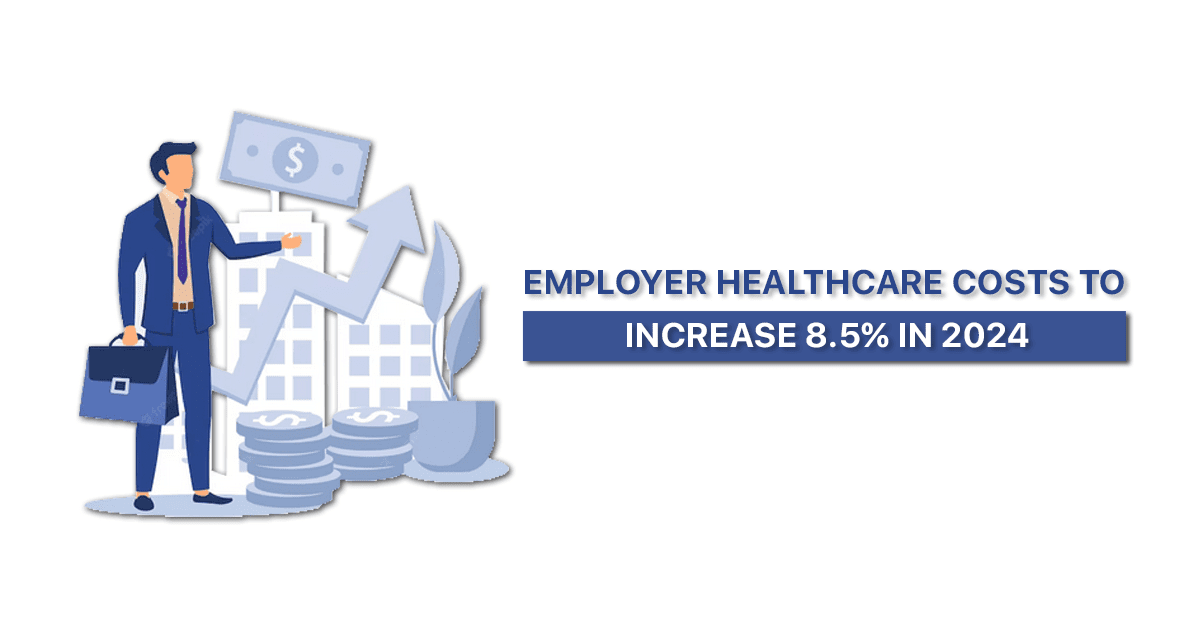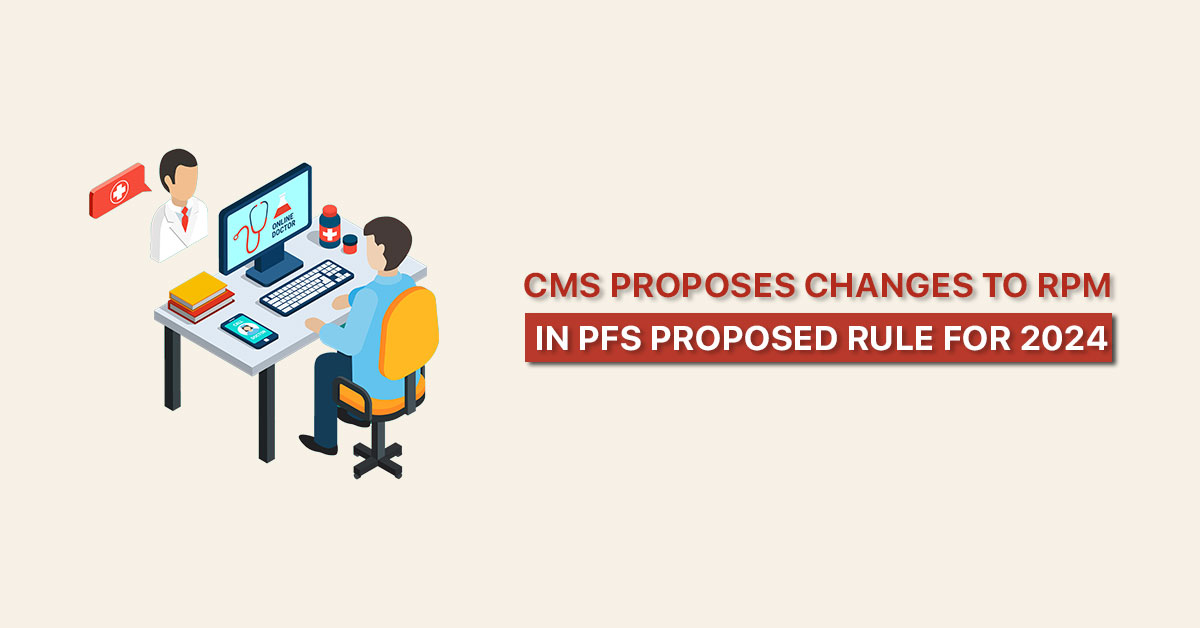How AI is Transforming Healthcare Operations and Investment

The principal of a healthtech venture capital firm asserts that the most promising AI innovation from an investment standpoint involves rendering business models feasible. Investment focus has now shifted towards AI for a healthtech and medtech venture capital firm, which administers a capital pool exceeding $800 million earmarked for healthcare and technology startups. The healthtech venture capital firm collaborates with enterprises directly vending AI to hospitals and also partners directly with healthcare systems as investor associates. “In the span of a decade, AI is anticipated to be integrated into all decision-making processes,” stated a partner within the healthtech venture capital firm. “Our substantial contemplation revolves around the potential for AI to reshape operational paradigms.” The key takeaway underscores the potential of AI to enhance clinical outcomes, heighten efficiency, and introduce new revenue streams. However, the imperative prerequisite is the develo...








